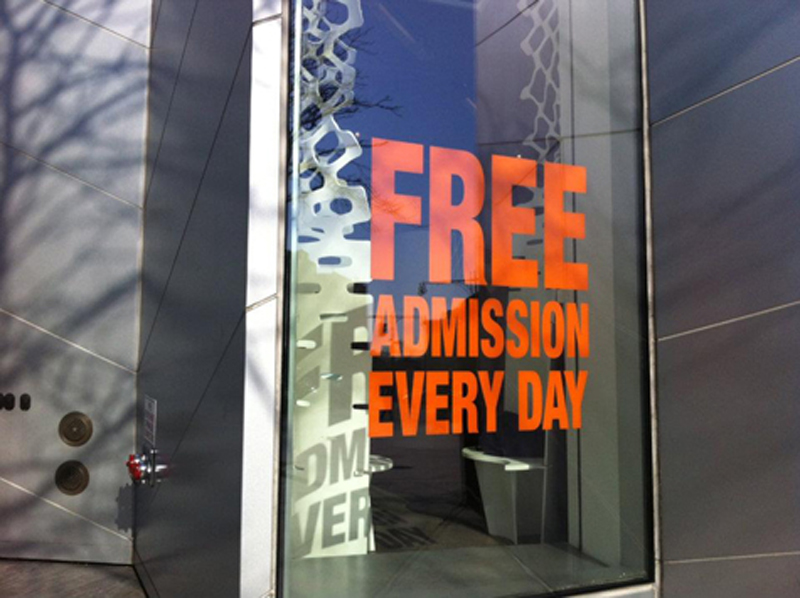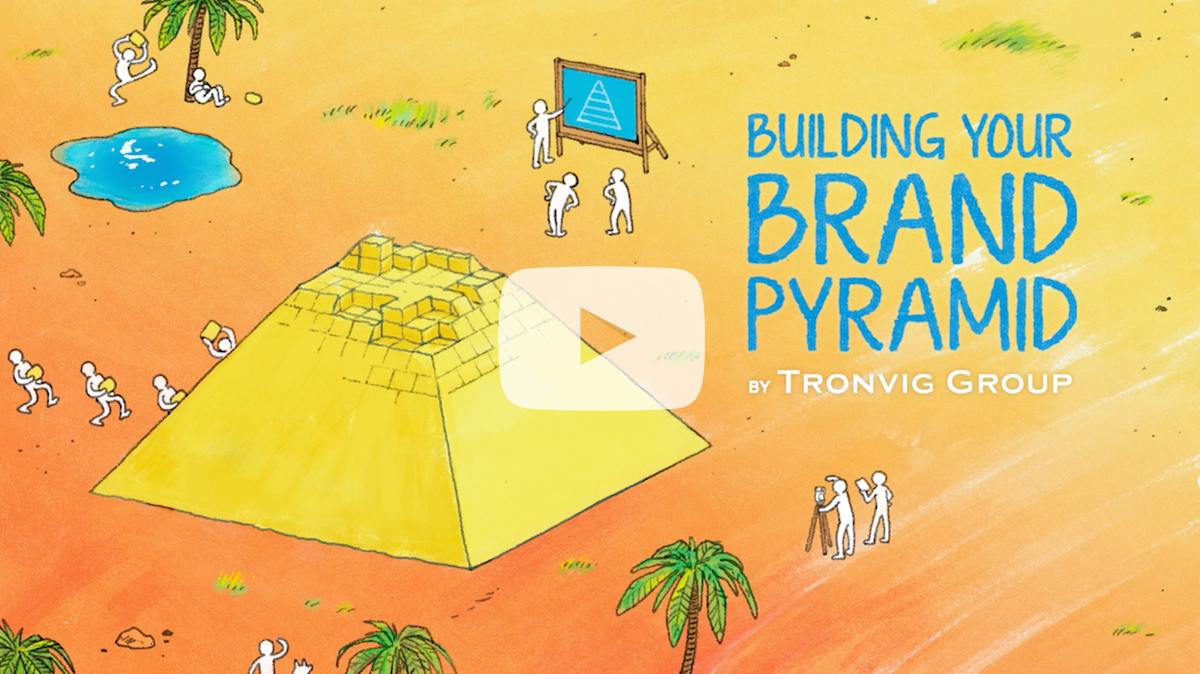Museum marketing
Marketing is a big term. What is marketing in the context of a public-facing institution like a museum? What is museum marketing when you do not have a large or consistent budget for it or even a dedicated marketing department?

Marketing is not about selling stuff to people that they don’t really need. It is not about creating demand or changing people’s views. It’s about communicating the unique and valuable offers that you have to those who are ready to listen. Essentially it’s about letting your existing and potential audience know what great things you are doing.
It’s very important to remember that, for the most part, marketing never convinces anybody of anything.
What marketing really does is connect a consumer who is ready to buy with a product that is suited to his or her needs. That’s all. So it’s really about communication.
Marketing is about communicating what you offer in a way that your audience will appreciate and understand.
You have products: your exhibits, memberships, public programs. Your consumers have needs: to see an interesting exhibit, to be part of something, to have their children learn about something.
You already have what your constituents or consumers need. They just don’t know about it yet. This is the role of marketing and advertising—effectively letting them know what you are doing and doing this in as engaging a way as possible.
Does your museum need an affordable way to improve its brand today?
Because we know that not everyone needs or can afford our full process, we created a guided tutorial package for our foundational brand strategy tool: the Brand Pyramid. Watch the video for a preview.
For more information on this brand strategy tutorial, visit here where you will find a fuller explanation and link to a free download of the first video, which includes a glimpse into our workshop answering the question “What is a brand?” with the Tenement Museum staff in New York City.
11 essentials of museum marketing
We have collected 11 essential things you should know in order to be a more effective museum marketer. If you can learn them and live them, you will certainly have an easier time marketing your museum and its exhibits, programs, and development offerings.
- Know your audience. Know the audience that you actually have, those who know and like you. Be careful to distinguish this from the audience that you would like to have.
- Once you know who your audiences are, think about everything you are doing and saying from THEIR perspective. Your marketing conversation is with them. You need to make sure your message is something they are ready to hear.
- Make sure what you are doing as an institution (exhibits, programs, fundraisers) appeals to what your audience values. No amount of marketing is going to make something interesting to them, if they are not actually interested in it.
- Find out how your audience gets their information and talk to them there. Are they using social media or taking in messages from billboards and transit signs? To the extent that you can determine your audience’s behaviors, go to where they are rather than expecting them to come to you.
- Spread out your dollars over different media channels. Don’t put all your money into one thing. Think about multiple, complementary approaches to getting your message across.
- Do things that get people in the community involved. Give them an opportunity to help in your marketing efforts. They might surprise you with what they come up with and how they help you connect with your natural audience.
- Think local. Local activities enrich and nurture goodwill. This will very likely always be the greatest source of support and commitment for your institution. Never denigrate or snub your local community, no matter how green pastures look elsewhere.
- Recognize that other institutions in your community are both collaborators and competitors. Work with them as much as possible since all ships do rise with the tide but also recognize that you need to occupy a unique space in the minds of your consumers. As such, you should be careful to differentiate your offerings from theirs. This is especially true if there is a dominant player and you are not it. Don’t be a “me too” institution. Strike out on your own and stake out a territory that you can own completely.
- Try things you have never tried before. You should never stop learning and experimenting, as new ways to engage with people are always being devised. Allocate some of your budget to trying some of them, keeping the ones that work in your marketing arsenal. In the long run the extra spending on experimentation and learning will save you money because the most effective methods of engaging with your particular audience will shine through and deliver the most bang for the buck.
- Carefully evaluate all of your marketing efforts. Determine what has worked well and with what groups of constituents. Take surveys, ask questions. Find ways of tracking your marketing whenever possible. “How did you find out about us?” “What brought you to this show?” “How did you find this program?” This information is a gold mine for helping you plan your future activity.
- BONUS: No one buys what you sell. They buy what is of value to them. Remember this marketing axiom. Understand this, act on it and you win.
This is really just the beginning, but following these recommendations will help you do a better job for your institution and for all those who benefit from its existence and activities.
The photograph for this article shows signage we did for the Bronx Museum of the Arts. This signage solved a tactical user-level interface problem that they had, and it contributed significantly to a subsequent doubling of museum attendance as noted in the New York Times.



Ask for help.
We are kind, thorough and ready when you are. You just need to ask.